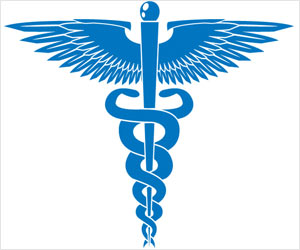has relied on self-reporting to document the frequency and severity of the hot flashes. These self-reports of hot flashes are limited as they ask women to recall hot flashes over weeks or longer and may be subject to memory or reporting biases.
A new study that included 276 participants from the MsHeart study, however, utilized sternal skin conductance to physiologically assess hot flashes and tested whether more frequent physiologically assessed hot flashes are associated with heightened system inflammation.
Advertisement
While large increases in inflammatory markers indicate acute infection or clinical disease, small, and sustained increases of markers of inflammation that are in the physiologically normal range are predictive of later disease risk. For example, small and/or sustained increases in inflammatory biomarkers (conceptualized as heightened levels of systemic inflammation) have been related to plaque development and atherosclerotic cardiovascular disease.
Based on the results of the study, the researchers concluded that physiologically assessed hot flashes during wake were associated with higher levels of a high-sensitivity C-reactive protein, even after adjusting for potential explanatory factors such as age, education, race/ethnicity, body mass index, and estradiol.
“This is the first study to examine physiologically measured hot flashes in relation to inflammation and adds evidence to a growing body of literature suggesting that hot flashes may signify underlying vascular risk and indicate women who warrant focused cardiovascular disease prevention efforts,” says Mary Carson, MS, lead author from the Department of Psychology at the University of Pittsburgh.
“Since heart disease is the leading cause of death for women in the US, studies like these are especially valuable,” adds Dr. Stephanie Faubion, medical director of The Menopause Society. “Healthcare professionals need to ask their patients about their hot flash experiences as they not only interfere with their quality of life but may also indicate other risk factors.”
Reference :
- Vasomotor Menopausal Symptoms and Risk of Cardiovascular Disease: A pooled analysis of six prospective studies – (https://www.ncbi.nlm.nih.gov/pmc/articles/PMC7704910/)
Source: Eurekalert



